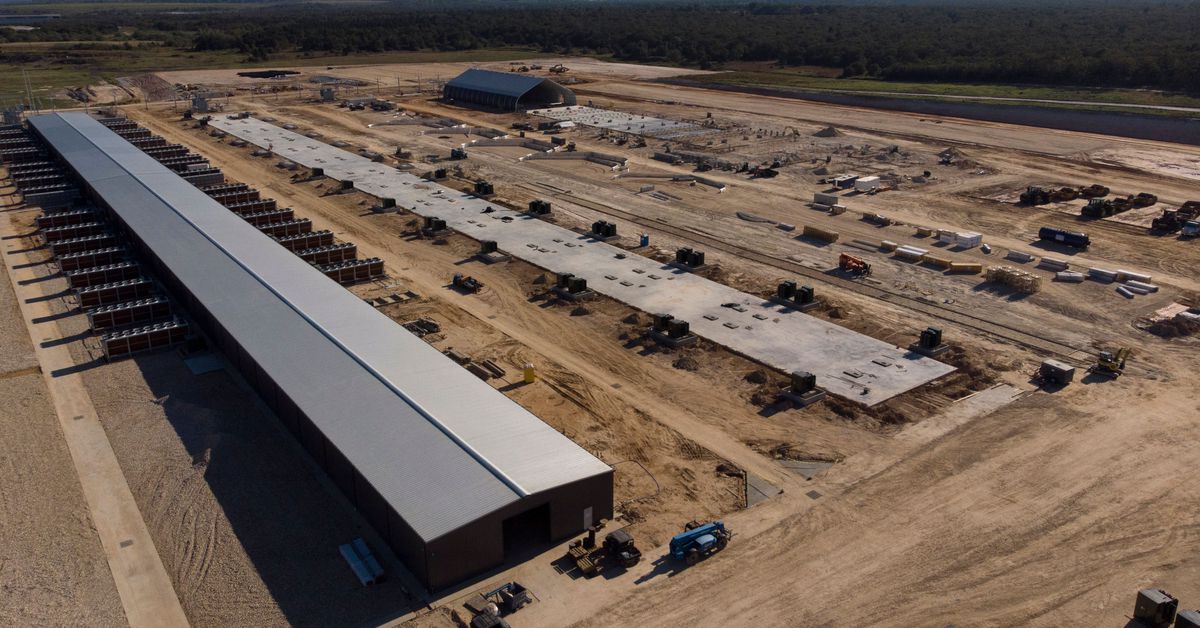[ad_1]
Ukraine is getting an additional $1.7 billion in assistance from the U.S. government and the World Bank to pay the salaries of its beleaguered health-care workers and provide other essential services.
The money coming Tuesday from the U.S. Agency for International Development, the Treasury Department and the World Bank is meant to alleviate the acute budget deficit caused by Russian President Vladimir Putin’s “brutal war of aggression,” USAID said in a statement.
While many medical staffers have left Ukraine, some hospitals have shut down and others have been bombed. The health workers who remain in Ukraine do their jobs under dire circumstances.
Viktor Liashko, Ukraine’s minister of health, said paying health workers’ salaries is becoming more difficult each month “due to the overwhelming burden of war.”
“$1.7 billion is not just yet another financial support; it is an investment that makes us a step closer to victory,” Liashko said in a statement.
Reaction from Ukraine PM:
1.7 billion dollars of grant aid came to the Ukrainian budget from the Trust Fund of the <a href=”https://twitter.com/WorldBank?ref_src=twsrc%5Etfw”>@WorldBank</a> and <a href=”https://twitter.com/USAID?ref_src=twsrc%5Etfw”>@USAID</a>. This is the second US grant in the last two weeks, the total amount of aid is to 3 billion dollars. Grateful to 🇺🇸 & <a href=”https://twitter.com/POTUS?ref_src=twsrc%5Etfw”>@POTUS</a> for incredible support.
—@Denys_Shmyhal
To date, USAID has given $4 billion in budgetary support to the Ukrainian government. These funds have been used for keeping gas and electricity flowing to hospitals and schools, getting humanitarian supplies to citizens and paying the salaries of civil servants and teachers, the organization said.
USAID administrator Samantha Power said that as Putin’s “assault on Ukraine’s public services continues, the United States is rushing in with financial support to help the government keep the lights on, provide essential services to innocent citizens and pay the health-care workers who are providing lifesaving support on the front lines.”
Last week, the Biden administration said it will send another $400 million in military equipment to Ukraine, the 15th package of military weapons and equipment transferred to Ukraine from Defence Department stocks since last August.
This new set of funds will be used for humanitarian purposes.
Overall, the U.S. has sent about $7.3 billion in aid to Ukraine since the war began in late February.
Ukraine may be making use of new weapons
Meanwhile, Ukrainian authorities said Tuesday that their forces targeted a Russian ammunition depot in the southern part of the country overnight, resulting in a massive explosion captured on social media.
The Ukrainian military’s southern command said a rocket strike targeted the depot in Russian-held Nova Kakhovka, about 55 kilometres east of the Black Sea port city of Kherson, which is also occupied by Russian forces.

The precision of the strike suggested Ukrainian forces used U.S.-supplied multiple-launch High Mobility Artillery Rocket Systems, or HIMARS, to hit the area. Ukraine indicated in recent days that it might launch a counteroffensive to reclaim territory in the country’s south as Russia devotes resources to capturing all of the eastern Donbas region.
Russia’s Tass news agency offered a different account of the blast in Nova Kakhovka, saying a mineral fertilizer storage facility exploded, and that a market, hospital and houses were damaged in the strike. Some of the ingredients in fertilizer can be used for ammunition.
A satellite photo taken Tuesday and analyzed by The Associated Press showed significant damage. A massive crater stood precisely where a large, warehouse-like structure once stood in the city,
Ukraine now has eight of the HIMAR systems, a truck-mounted missile launcher with high accuracy, and Washington has promised to send another four.

Elsewhere in Ukraine, Russian shelling over the past 24 hours killed at least 16 civilians and wounded 48 more, Ukraine’s presidential office said in its Tuesday morning update. Cities and towns in five southeast regions came under Russian fire, the office said.
Nine civilians were killed and two more wounded in Donetsk province, which makes up half of the Donbas. Russian rocket attacks targeted the cities of Sloviansk and Toretsk, where a kindergarten was hit, the presidential office said.
“This is a very dangerous precedent,” says Ukrainian Ambassador Yulia Kovaliv of the Canadian government’s decision to release Russian turbines back to Germany. “Russians are just blackmailing Europe.”
The British Defence Ministry’s intelligence briefing said Russia had seized the Ukrainian town of Hryhorivka and continued to push toward the Donetsk province cities of Kramatorsk and Sloviansk.
“Russian forces are likely maintaining military pressure on Ukrainian forces whilst regrouping and reconstituting for further offensives in the near future,” the intelligence briefing said.
In Kharkiv, Ukraine’s second-largest city, and its surrounding region, Russian strikes hit residential buildings, killing four civilians and wounding nine, Ukrainian officials said.
Ukrainian authorities also said that Russian fire struck the southern city of Mykolaiv on Tuesday morning, hitting residential buildings. Twelve people were wounded as a result of the Russian shelling, with some of the rockets hitting two medical facilities, regional governor Vitaliy Kim said on Telegram.
Other developments
- The death toll from a Russian rocket attack that struck a Donetsk apartment building on July 9 rose to 38, Ukrainian officials said Tuesday afternoon. The head of the Donetsk regional military administration, Pavlo Kyrylenko, said on social media earlier in the day that nine wounded people were rescued from the building in Chasiv Yar.
- The Kremlin said Russian President Vladimir Putin would visit Iran next week. U.S. National Security Adviser Jake Sullivan told reporters on Monday that Russia was seeking hundreds of surveillance drones from Iran, including weapons-capable ones, for use in Ukraine.
- Germany’s justice minister said investigating war crimes in Ukraine would likely take “many years,” but he was confident they will ultimately be successful. Justice Minister Marco Buschmann, speaking from an EU meeting in Prague, said there will “probably be hundreds of thousands, maybe even millions of pieces of evidence that have to be sifted through, documented and evaluated.”
[ad_2]
Source link













